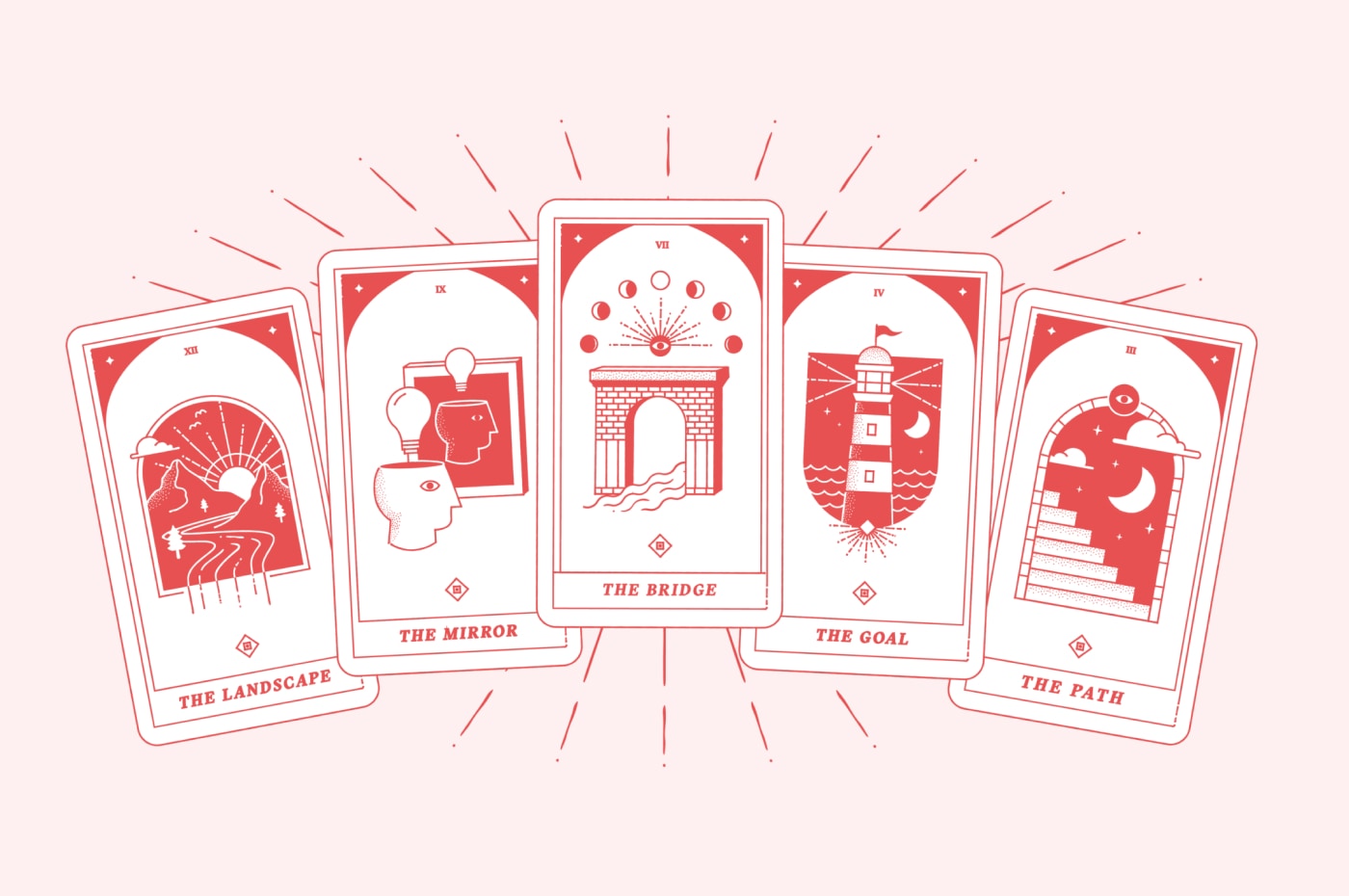Recommended ReadsSeptember 29th, 2020
Designing for two: Keeping both the end-user and the business in mind when we design

Coming from a business and marketing background, I was interested in human behaviour but less comfortable with the deflating feeling of selling things to people that they didn’t need. Did the things we were offering them meet their needs? What problem were we trying to solve? Were we even solving it?
When I was first introduced to human-centred design I felt that many of my ways of thinking and perceiving the world had collided and been neatly packaged up into a field of work that I finally related to.
Designing for the customer and fixing the right problem is fundamentally important. But that’s not to say the business needs should be pushed aside altogether. If you can't also design with the organisational context in mind, then the thing you're designing probably won't go anywhere.
This is why we’re now starting to see the emergence of human-centred design approaches like Business Design, which mix customer-centricity and design thinking with a focus on profitability and demonstrated returns on investment.
The Board of Innovation sets out this approach simply and clearly, with tools and frameworks for the critical job of understanding the organisational strategy, goals, culture and capability. Using their examples as a launching pad can help you design solutions that are not only desirable, but feasible and viable.


